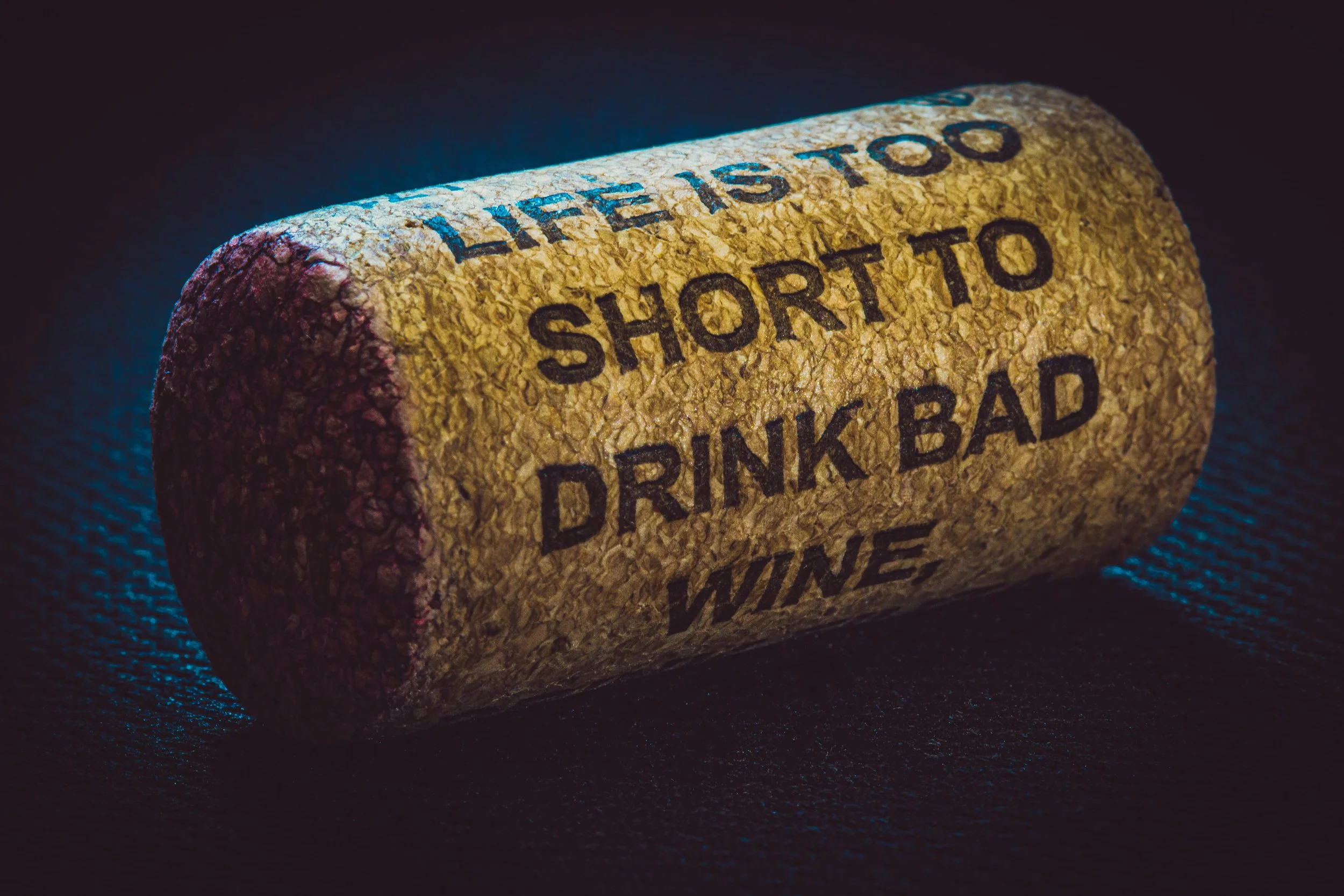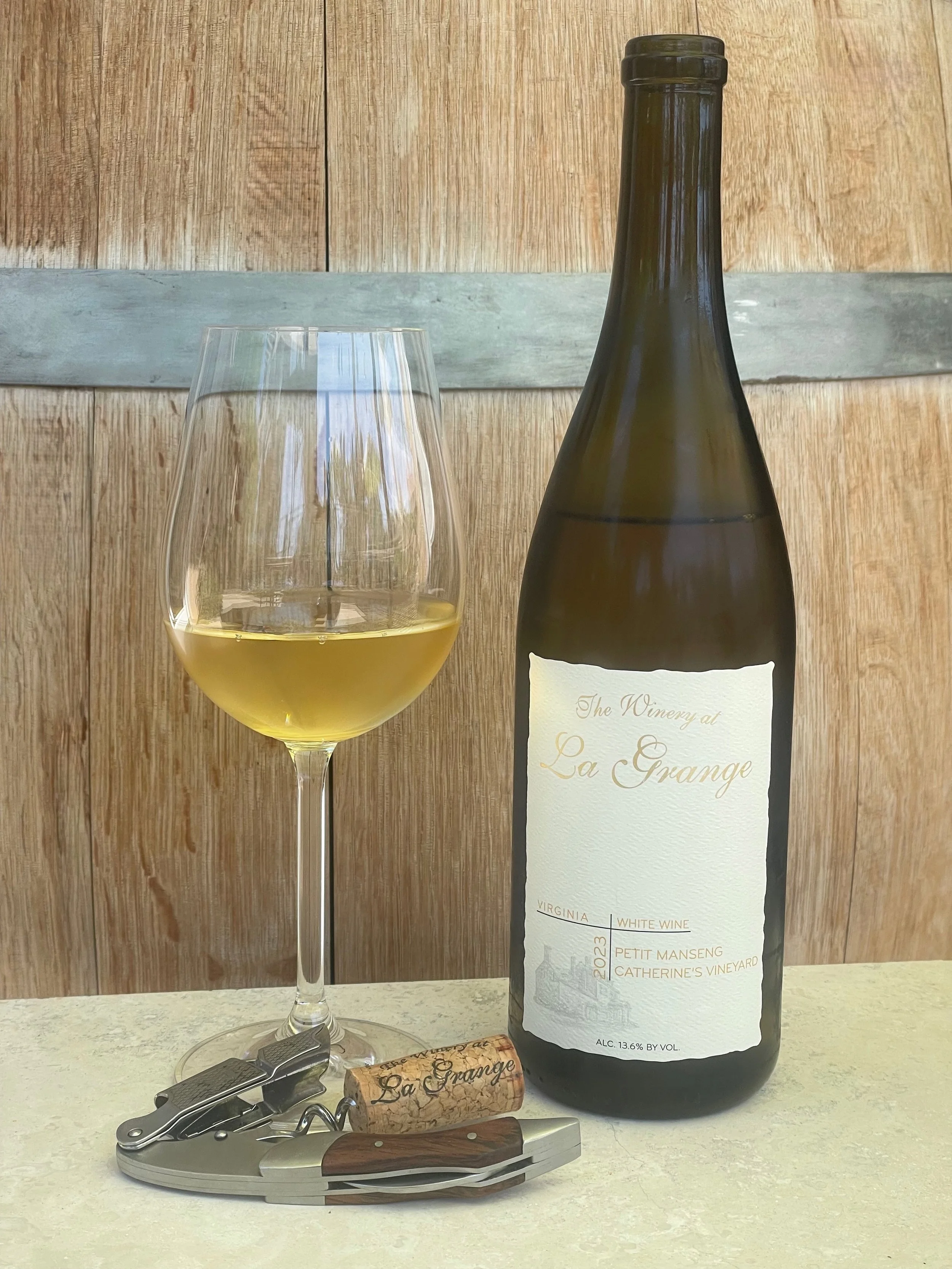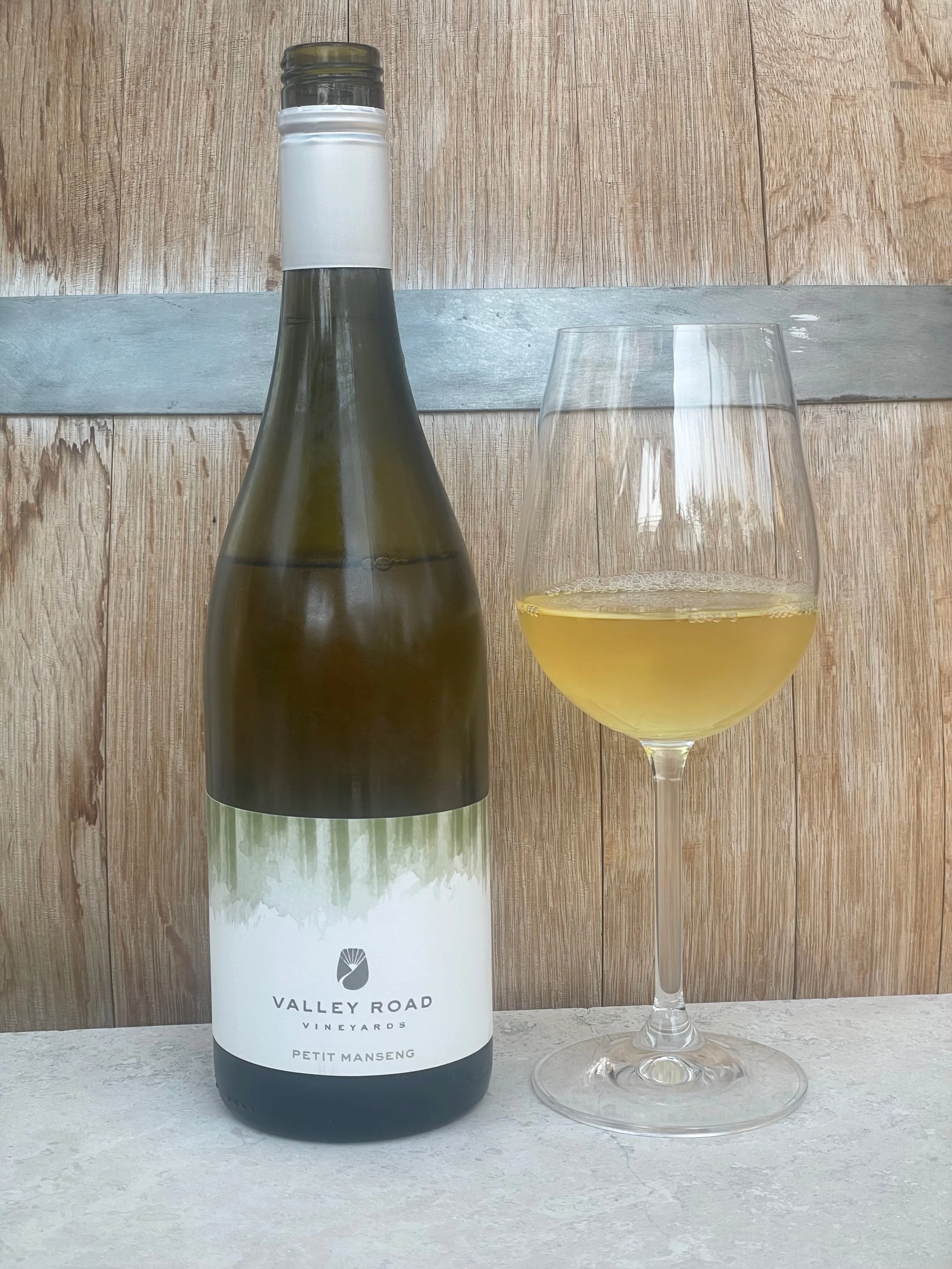Photo by DAVIDSON L U N A on Unsplash
I recently received a message from a EverWonderWine reader regarding a bottle of white dessert wine that said “Just opened a 2011 bottle. Wine is dark red brown and tastes like molasses with a hint of vinegar. Bleh! What happened? I loved it at the tasting. Was I supposed to consume it earlier?”
So first, the simple answer is “Yes,” the 2011 white dessert wine should have been consumed earlier. No white wine should look dark red-brown, taste like molasses and have a hint of vinegar.
But, the fact that the wine went bad is not necessarily because of the age. A 2011 bottle of wine, if properly sealed and stored could easily have lasted 14 years. The color may darken over time but it won’t become like molasses with hints of vinegar.
To me, it sounds like the bottle probably was not well sealed and/or it wasn’t stored properly. When a wine gets exposure to oxygen, through an improper seal (e.g., a leaky cork), it will oxidize. Just as a pealed banana or apple turns brown with time, so too will a white wine. The other likely culprit could be improper storage temperature and/or exposure to direct sunlight. Wines should always be stored in a cool and dark place if they are going to be held for any period of time. Room temperature is too warm for wine. Storage temperatures should be “cellar” temperatures which range from 46° - 60° F for white wines to 50° - 65° F for red wines. And, ensure that your wines are kept out of direct sun light, preferably in a dark closet, basement or wine refrigerator.
So, store your bottles on their side (keeps the cork from drying out), in a cool and darkened place and you are more likely to enjoy an aged wine. Cheers!







